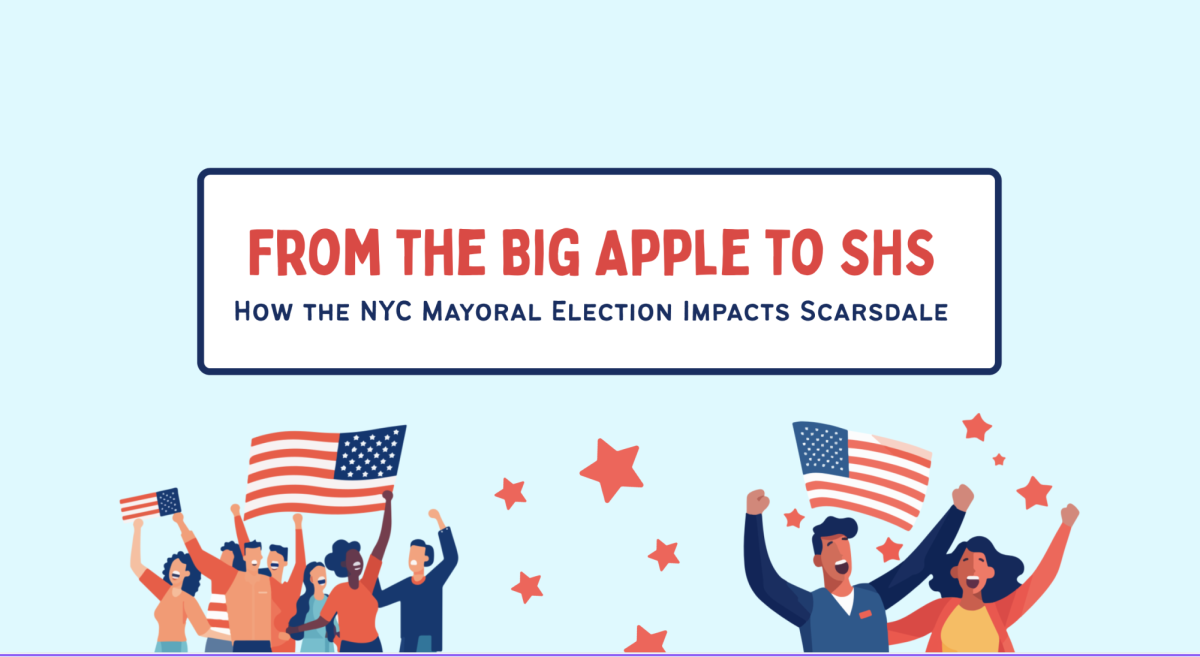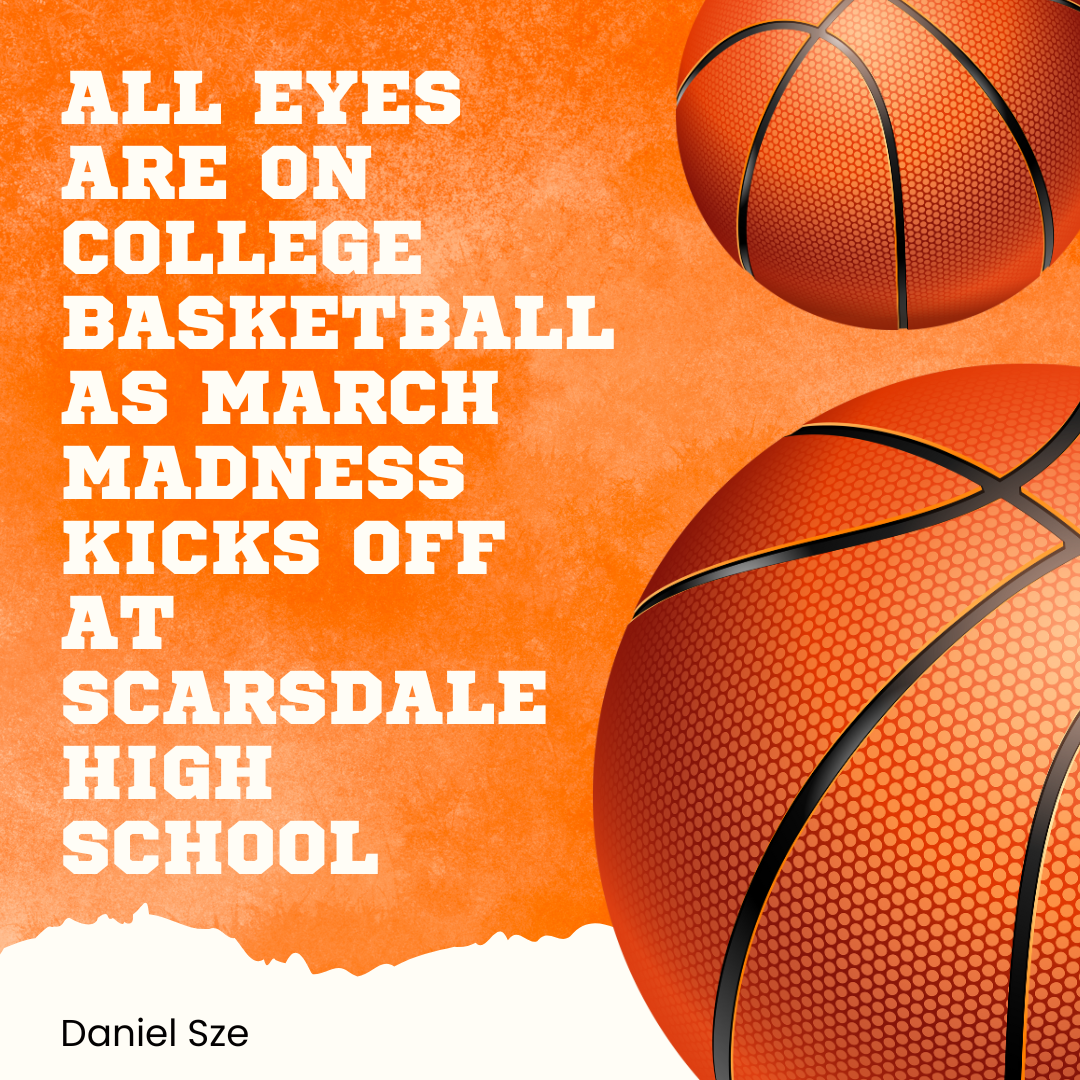The SAT Goes Virtual: Yay or Nay?
February 28, 2022
Come 2024, seniors, juniors, and a handful of ambitious freshmen can put down their pencils as the SATs will be administered online. Amidst a series of consequential changes, The College Board has announced that its standardized tests will still be administered in-person, just on a laptop or a tablet. Some of these changes include a mere two-hour test as opposed to the original three; shorter, more content-relevant reading passages; and a revised math section that allows calculator use all throughout. But it’s not all sunshine and roses— nor is it all darkness and poison ivy. As the question over standardized testing in the context of college admissions continues to evolve, it’s necessary to evaluate the ups and downs of these recent and (frankly) radical modifications to the SAT.
(Ye)S-A-T!
Perhaps the most popular argument for these changes (at least on the student side) is that, well, the SAT will be easier. The feature responsible for the shorter time frame is an adaptive testing system; the test will determine students’ next questions based on how long they spent on previous ones, while also factoring in the perceived difficulty of those questions. So each test, more or less, will be entirely unique. Yes, that does mean that you won’t be able to share your answers during the break. But the hope is that by taking a test that is tailored specifically to you, you won’t feel the need to.
The debate around standardized testing as a whole was largely spurred over the issue of accessibility. Those with access to materials such as study guides or extra practice tests were thought to have an incomparable advantage over those who did not. And they did. However, in recent years, this problem has generally been resolved by the proliferation of free, online educational resources, much of which are provided by The College Board itself. Still, skeptics of the 2024 SAT argue that the conversation surrounding accessibility now lies in providing adequate technology for testing. The College Board gives us a three-point response: students can use personal devices; students can use school-issued devices; students can use devices issued by The College Board. While the last option is definitely a last resort, it indicates that The College Board is at least covering its bases.
The College Board needs to justify its standardized tests amidst a nationwide test-optional movement. As a result, these modifications will necessarily benefit students who are on the fence about taking a standardized test at all. The College Board, is, after all, a business. Its existence is dependent on faithful customers like me and you; these changes were borne of corporate desperation. Why not take advantage of them?
SAT? Not for me…
At first glance, the changes to the SAT have received mixed reviews. Many students rejoice at the fact that the SAT will become shorter and (seemingly) easier. However, others see this as a change for the worse as the bar for standardized tests is getting lower and lower. Just last year in January, The College Board announced that they were eliminating both the SAT Subject Tests and the essay section from the SAT. A few years earlier, in 2016, the infamous sentence completion questions were replaced by the new “vocabulary-in-context” questions. Historically, The College Board has been making the SAT easier. And that’s the main problem.
If someone has ever told you that taking the SAT would help you “stand out” to colleges, chances are that they haven’t taken the test before this century. It might have been true in 1926, when the SAT was first created, but it’s certainly not the case now. Colleges, unfortunately, hire real people to work in the admissions office. That means that they’re probably aware of the fact that a surplus of 1600s is not just a miraculous coincidence. It’s part of the reason why the test-optional movement has gained so much traction: as the tests get easier, they matter less. So, why go through the hassle? We all know that preparing for the SAT is a commitment that can span the duration of your summer and bleed into your school year. There are so many other endeavors that colleges would like to see you participate in. These test modifications make the SAT obsolete— surprisingly, even more so than it is now.
The other big question is over The College Board’s decision to move the test virtually. Sure, there are those adaptive, individualized questions which would only work on a device, but it seems like The College Board didn’t quite consider any of the potential consequences. Like, what if your laptop dies? Or the WiFi goes down? The College Board says that the test automatically saves, so in the event of any hiccups, you can resume from where you left off. Great, but what if your laptop “dies”? Or the WiFi “goes down”? Is it a stretch to think that some unscrupulous test-takers might try to take advantage of a virtual SAT? And, in the event that your device actually does die, do you have to sit there and wait till it’s fully charged to resume? The digital dilemma doesn’t end there, however. The College Board said that it’ll provide devices for students who don’t have their own or aren’t provided with any from their school. But…how? Because it’s doubtful that they’d refuse a school that requested devices. Is The College Board really prepared to distribute devices to the almost 27,000 total high schools across America? Maybe, considering how much money it has vacuumed from our pockets. There are just too many holes in The College Board’s plan to make taking the SAT in 2024 (or even now, for that matter) a viable option.



























